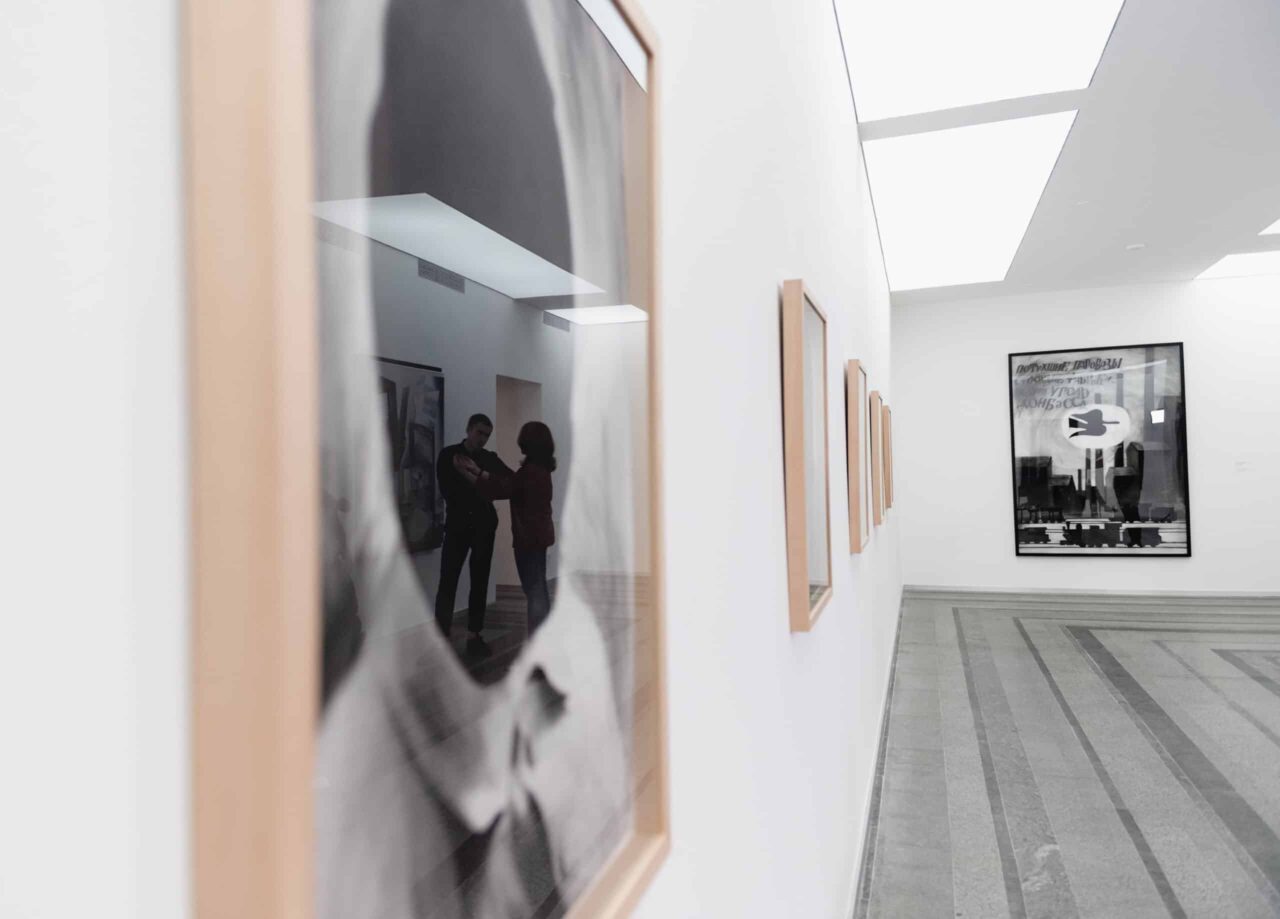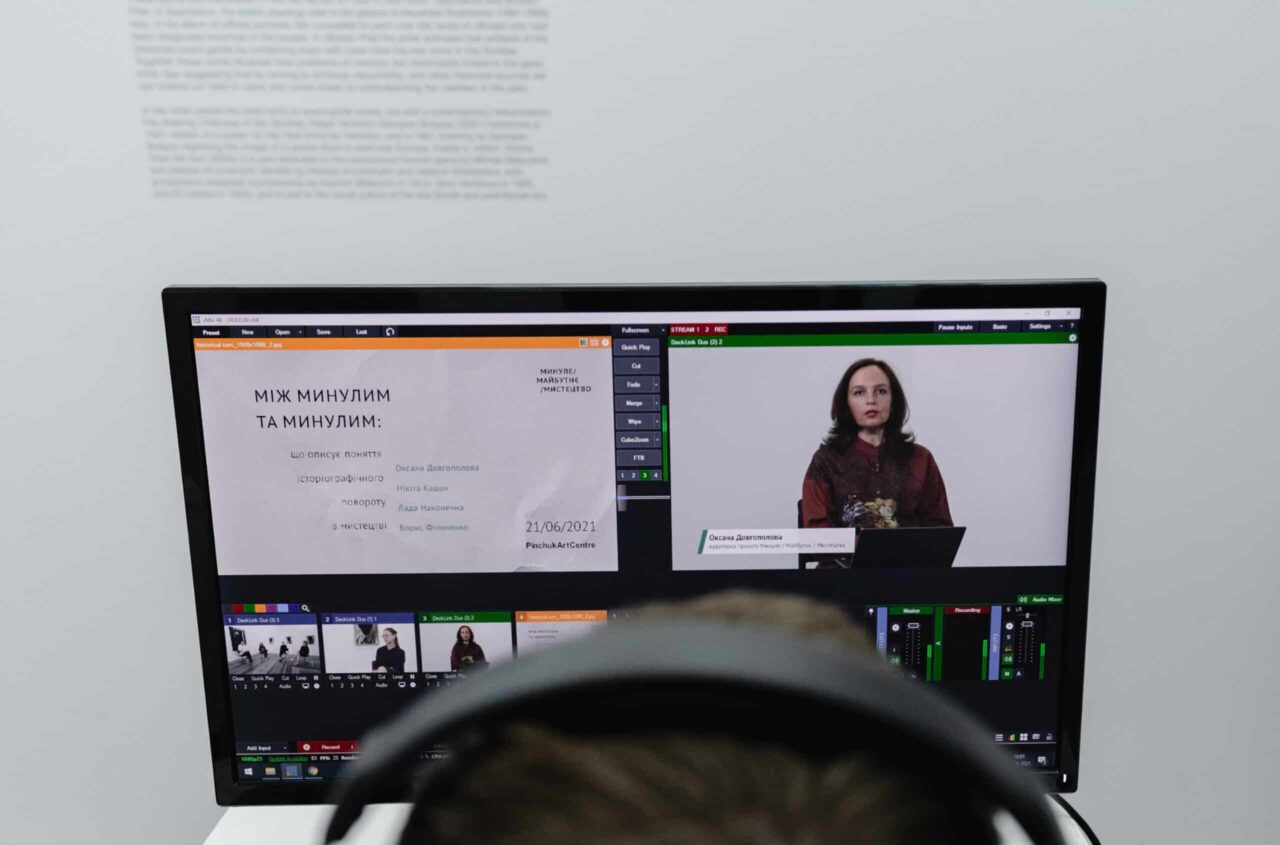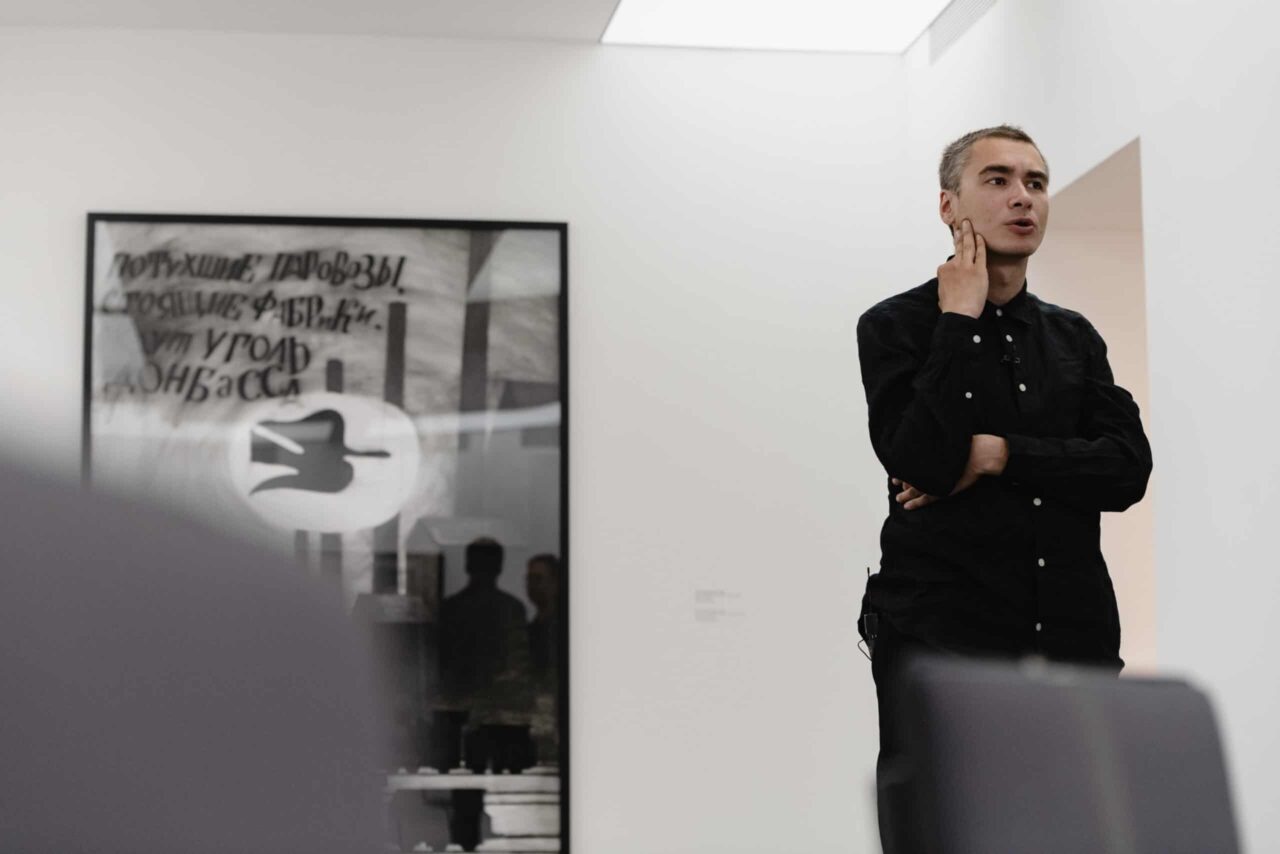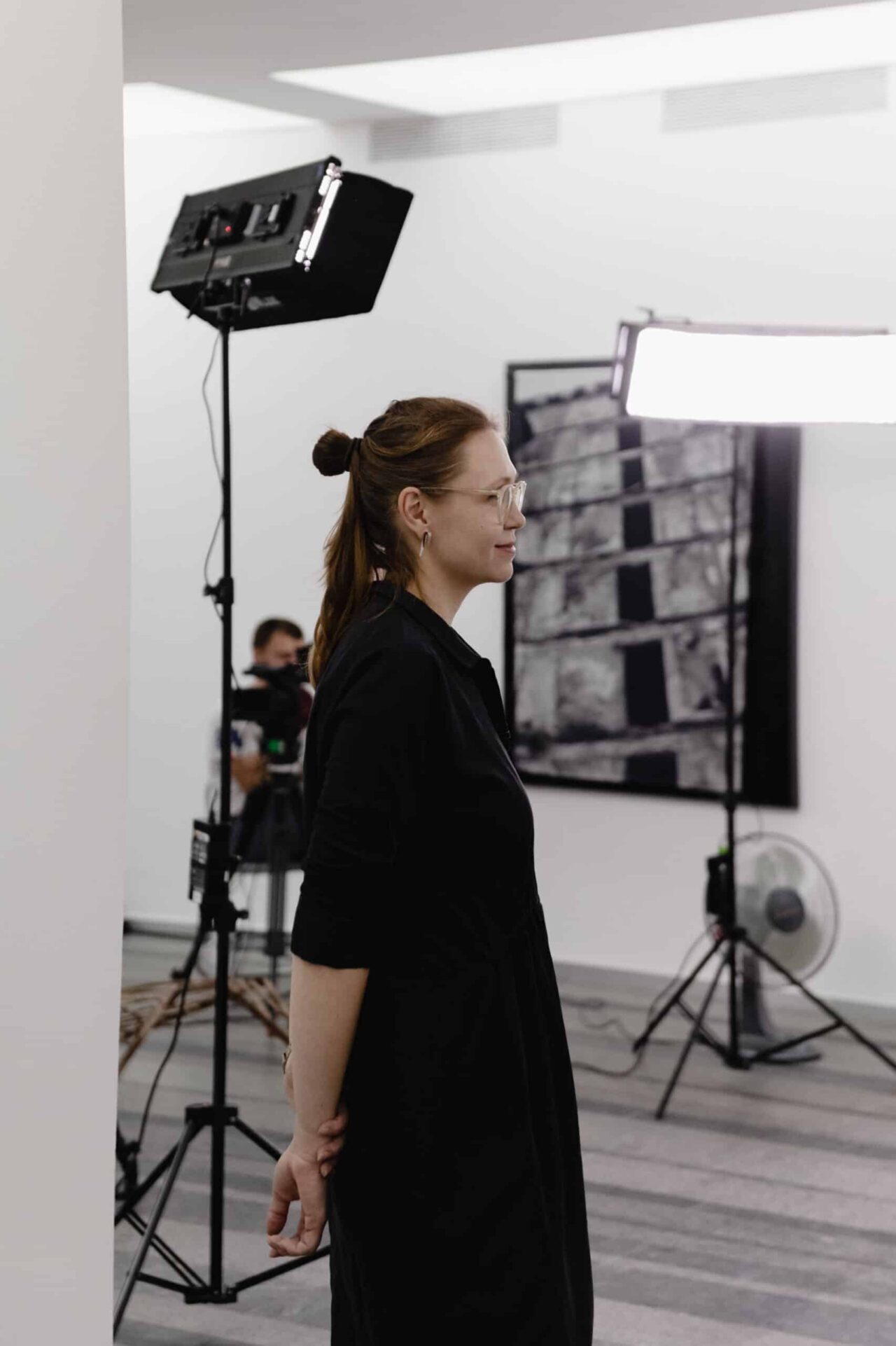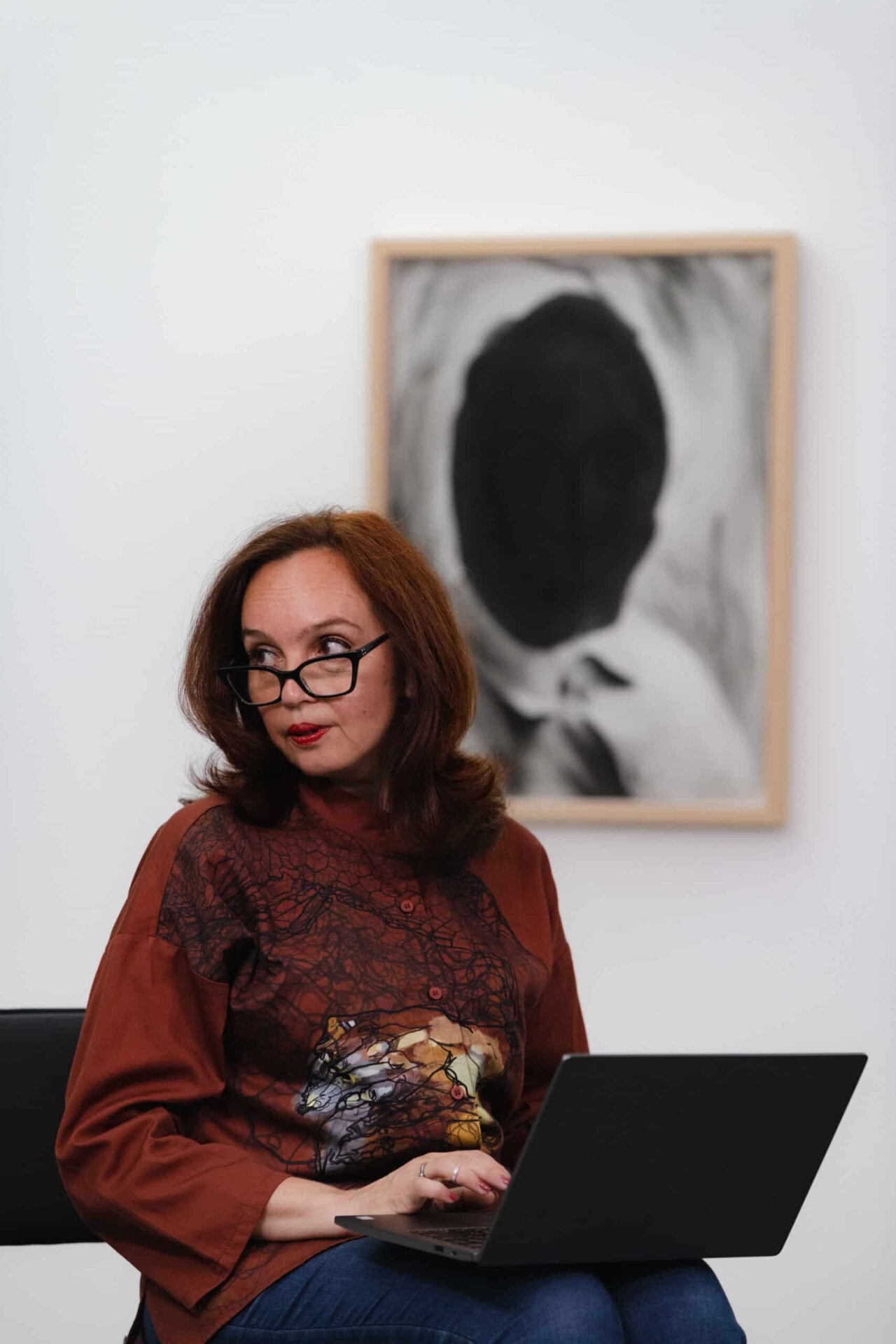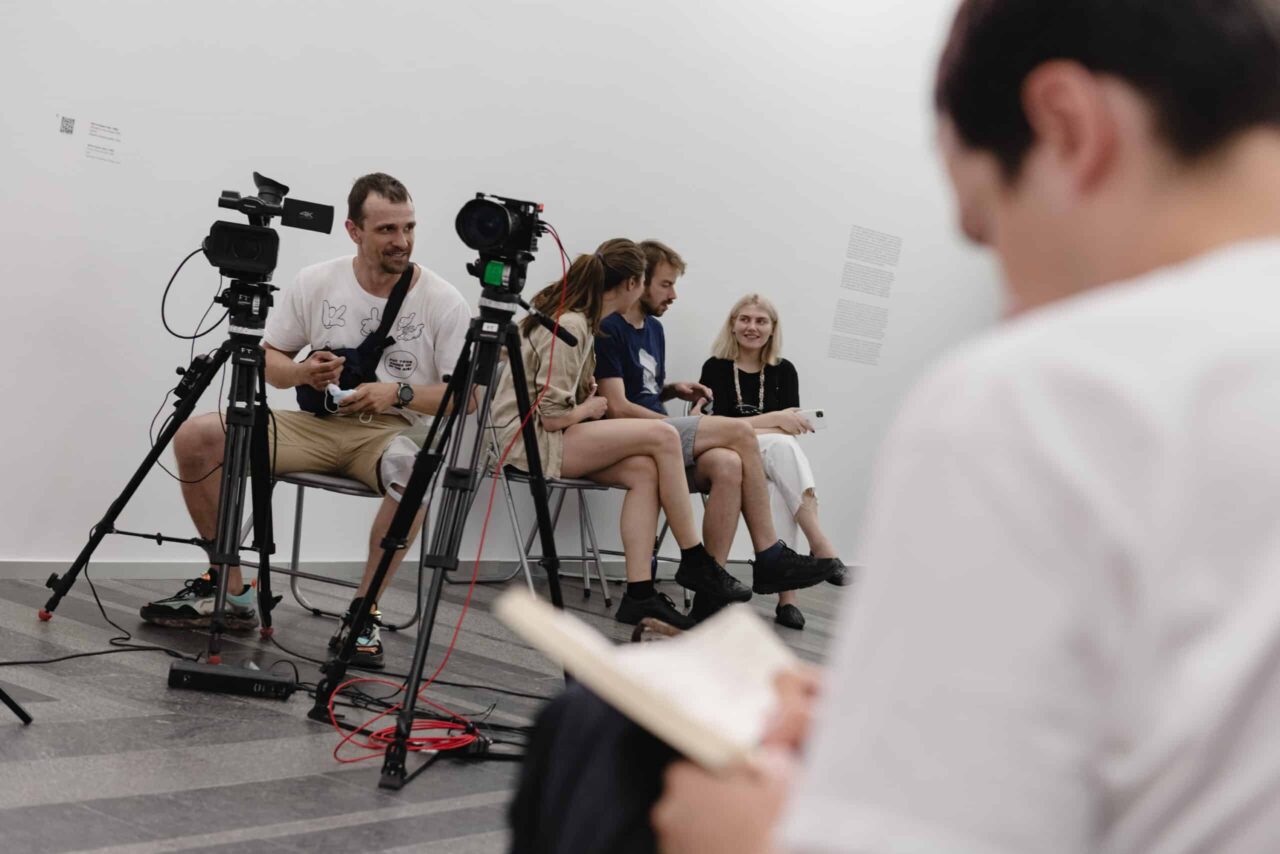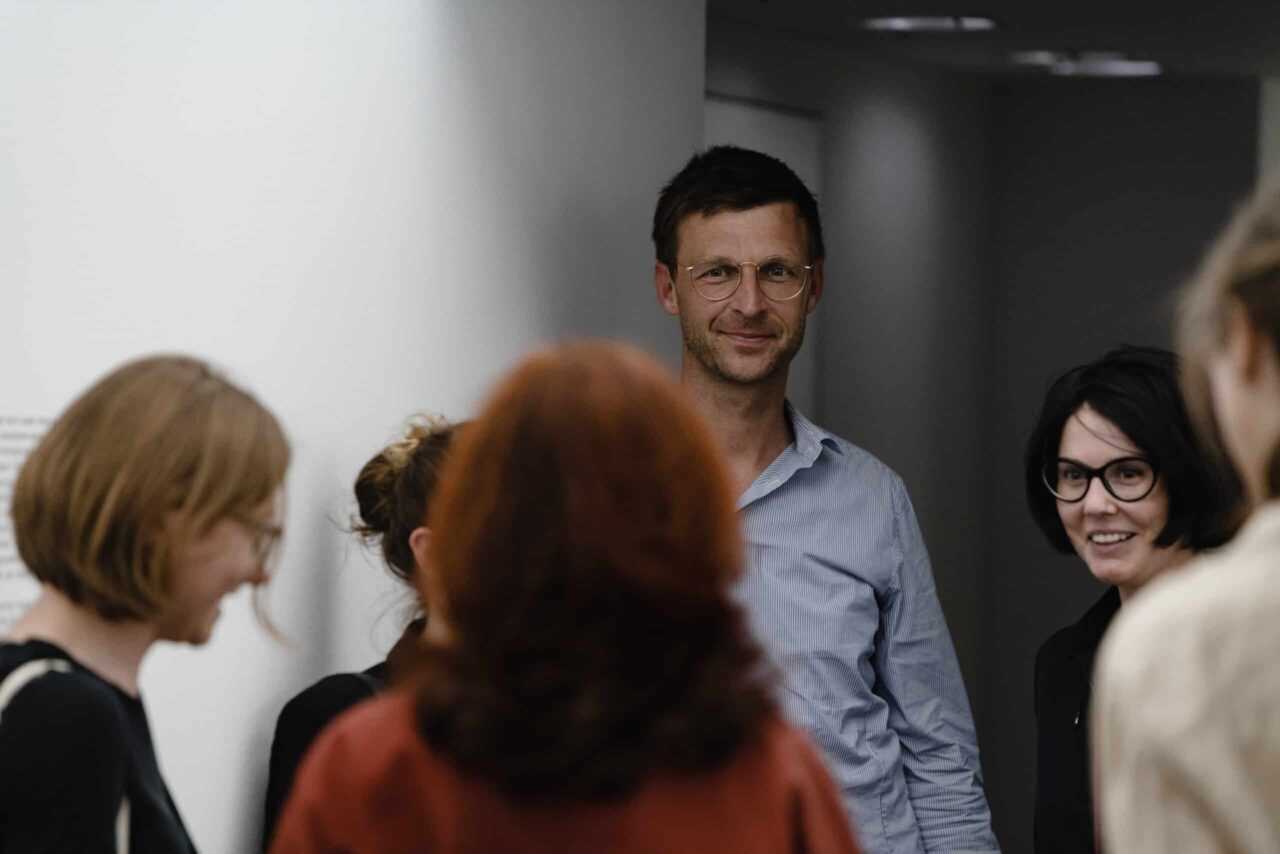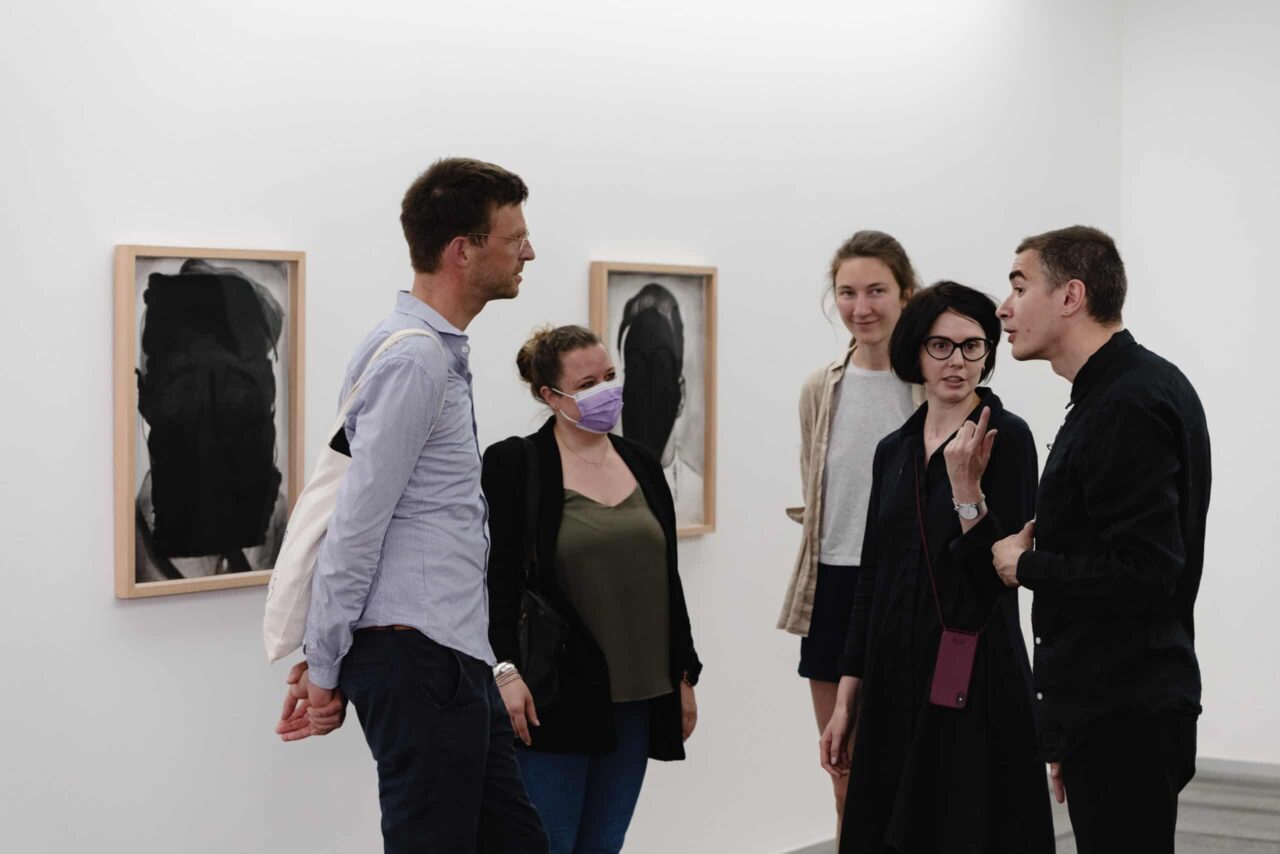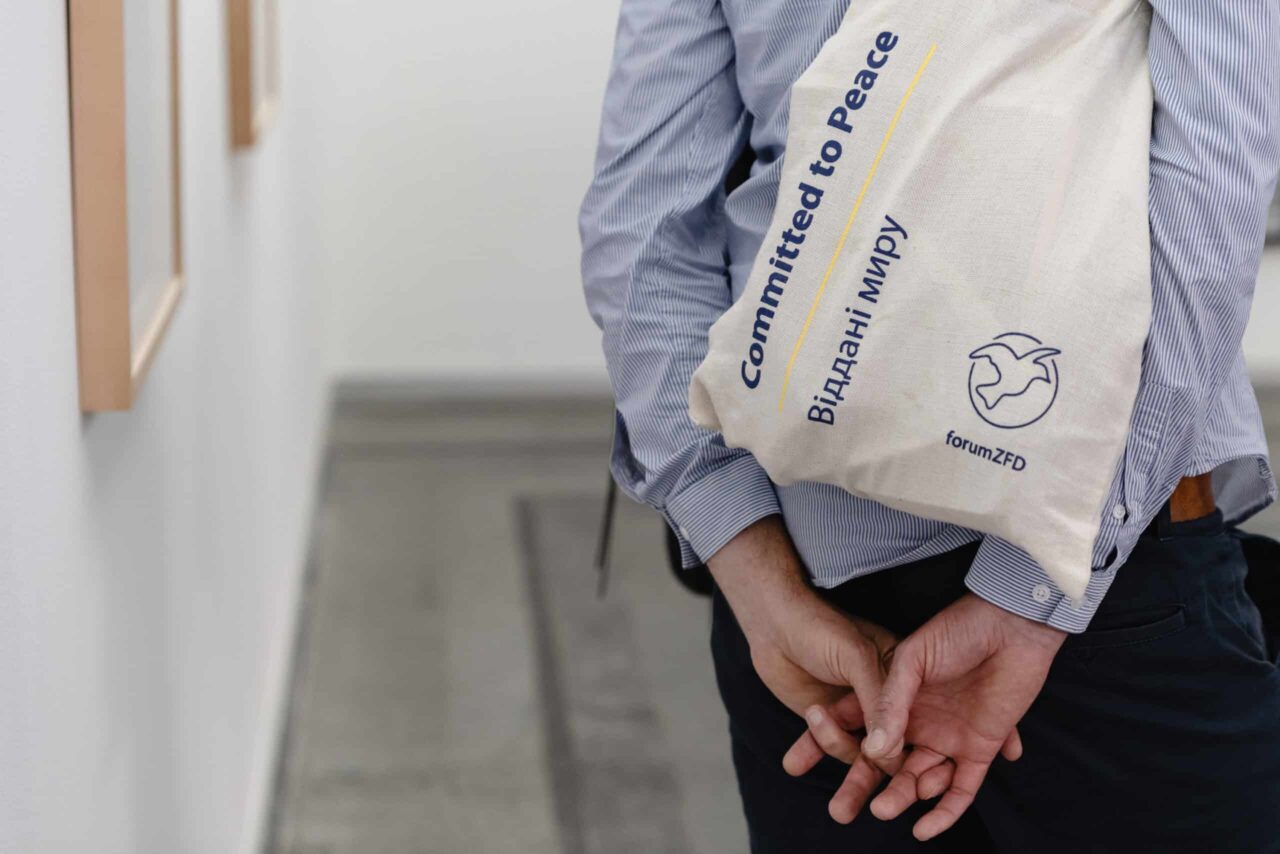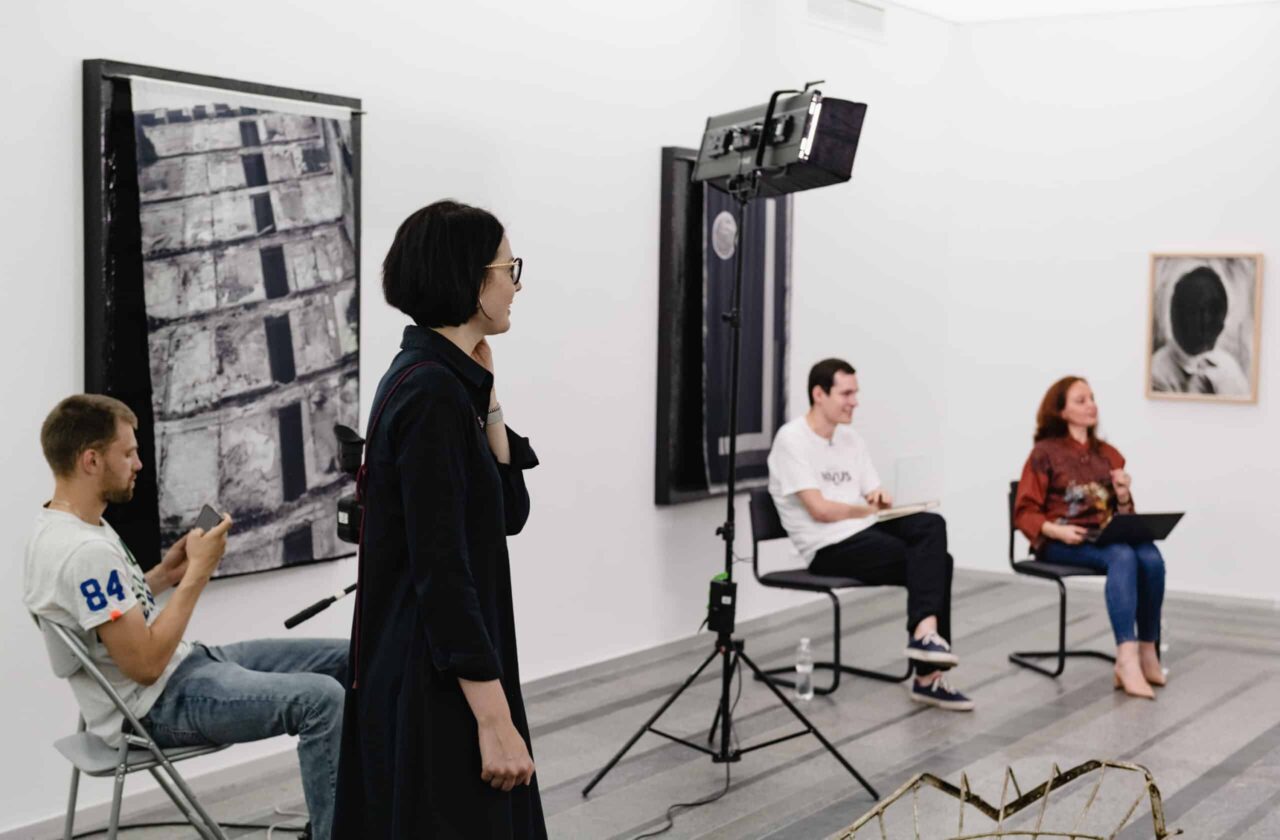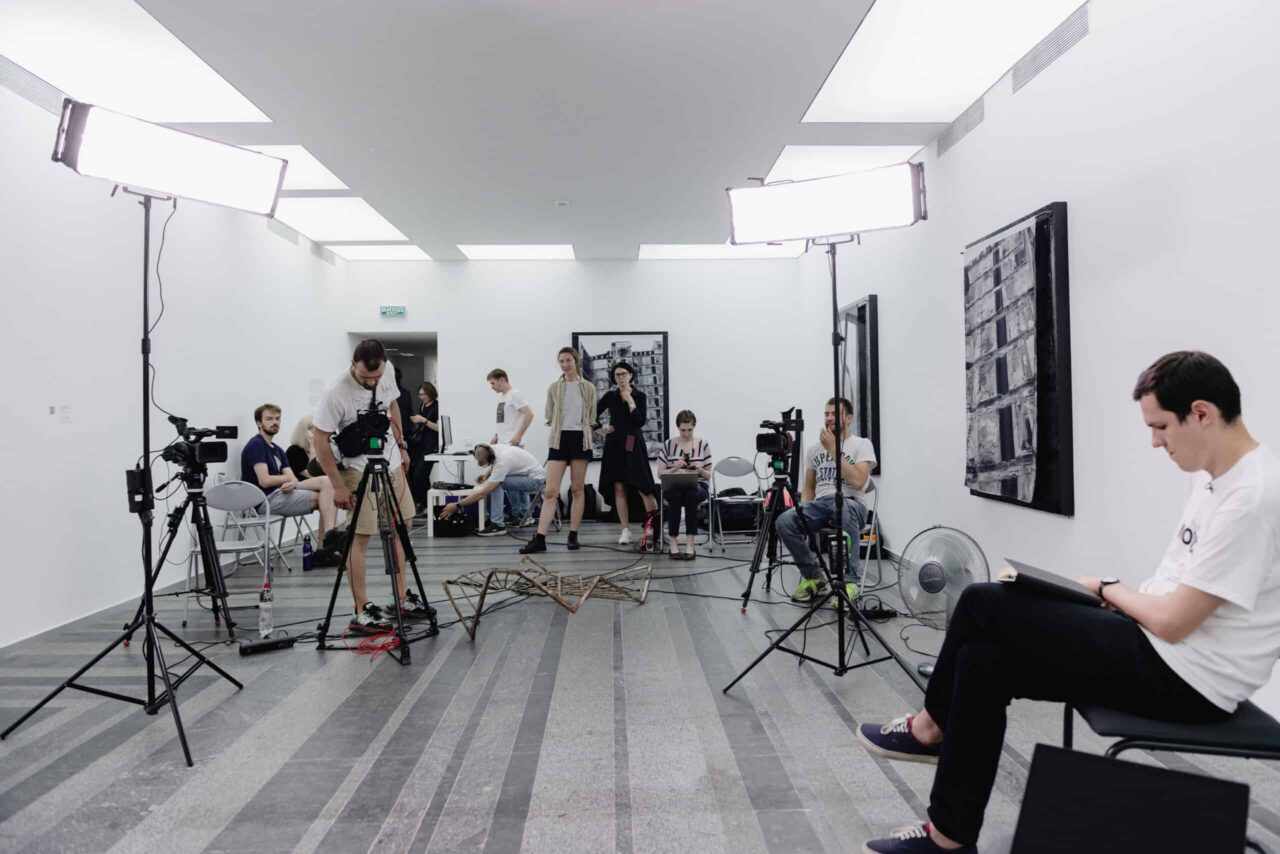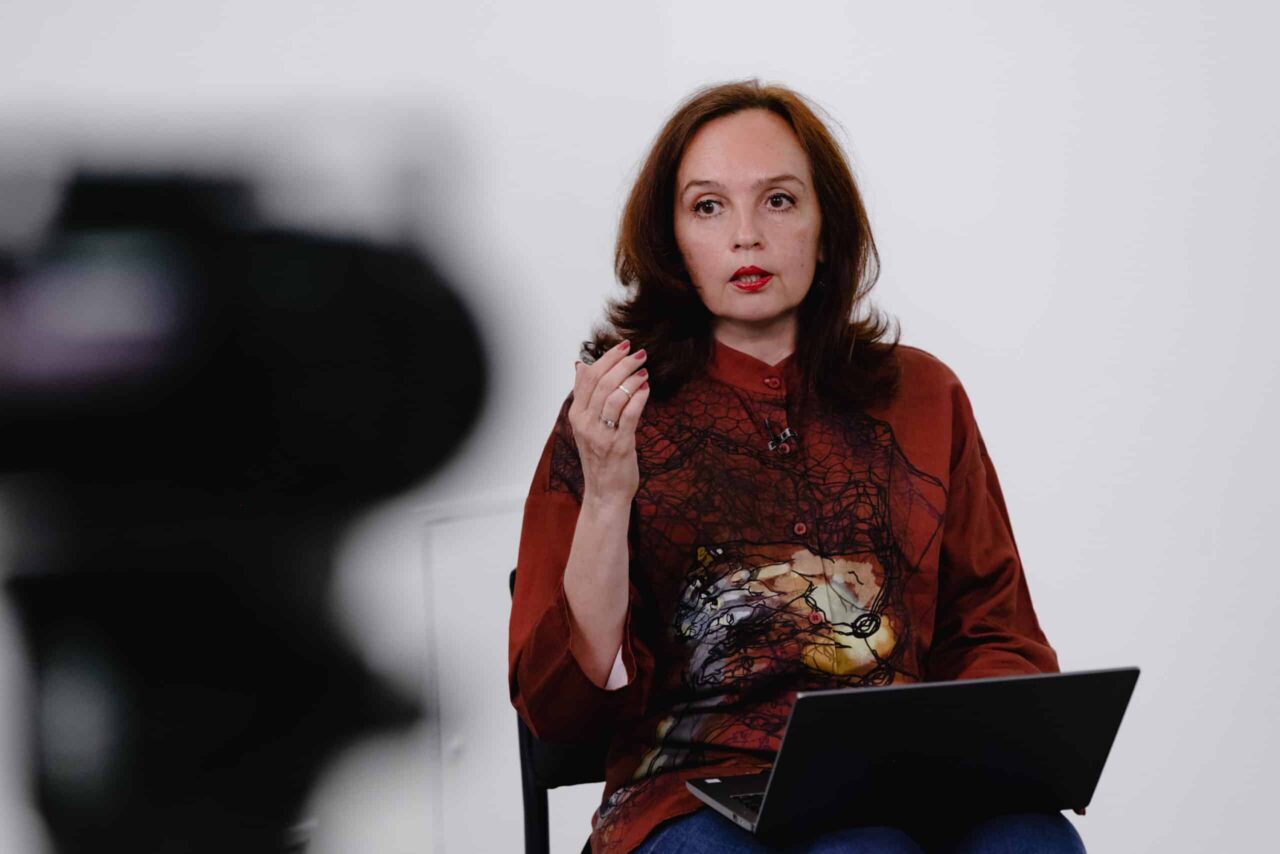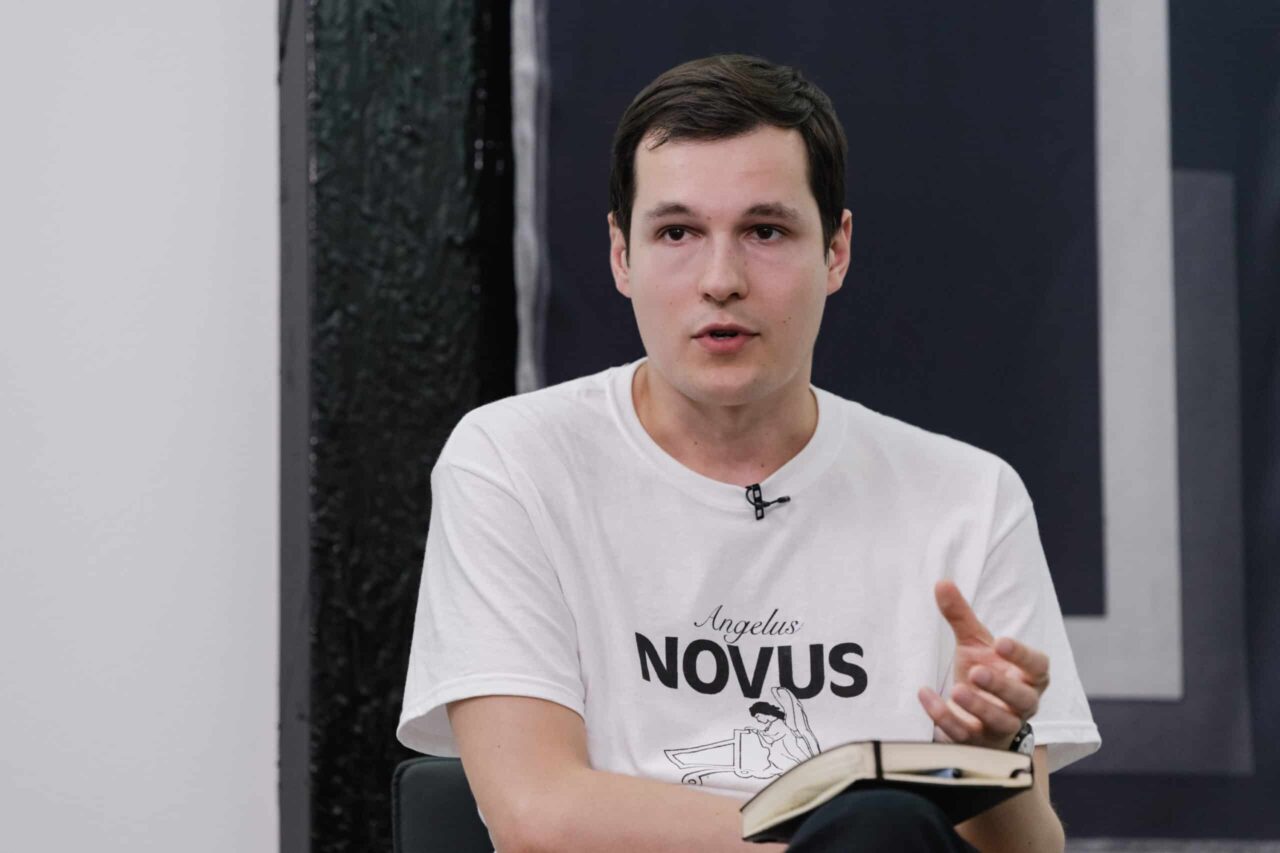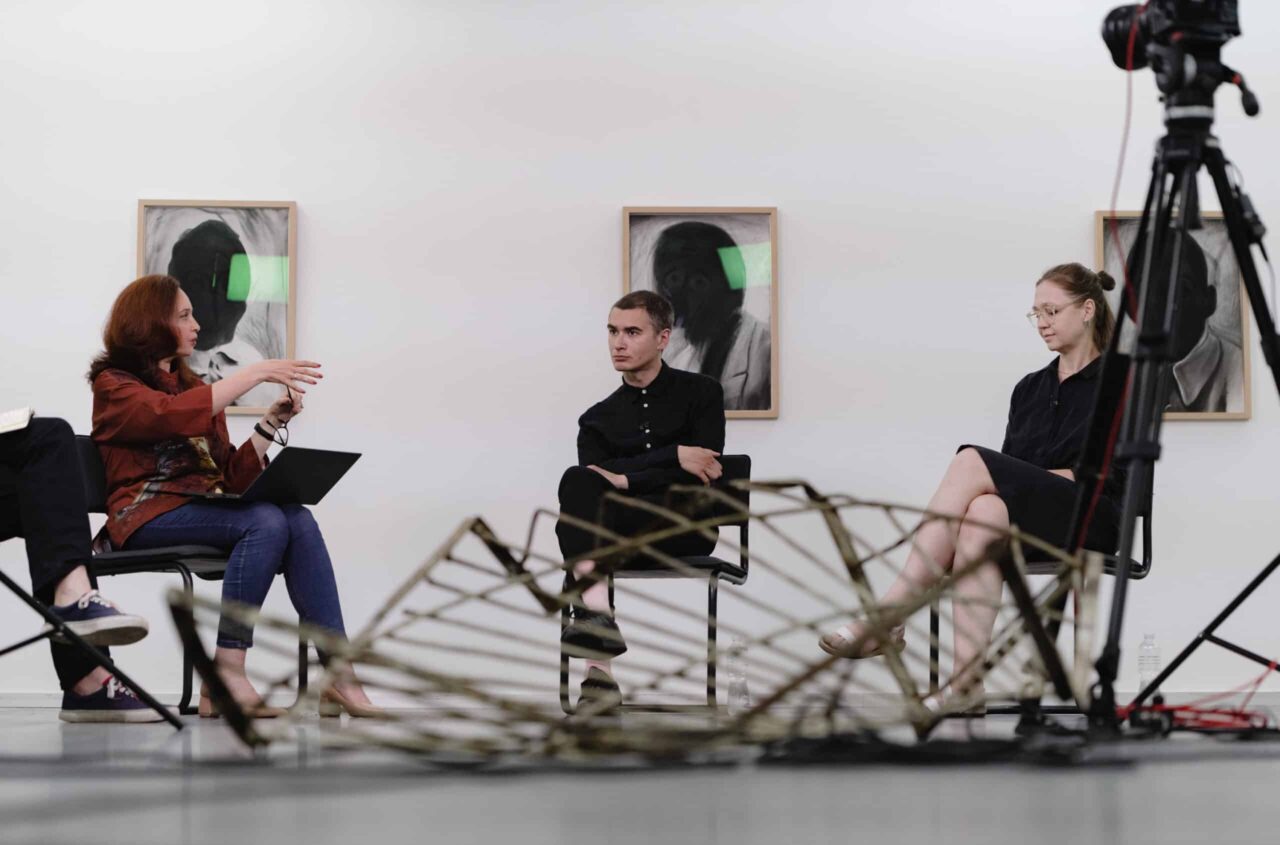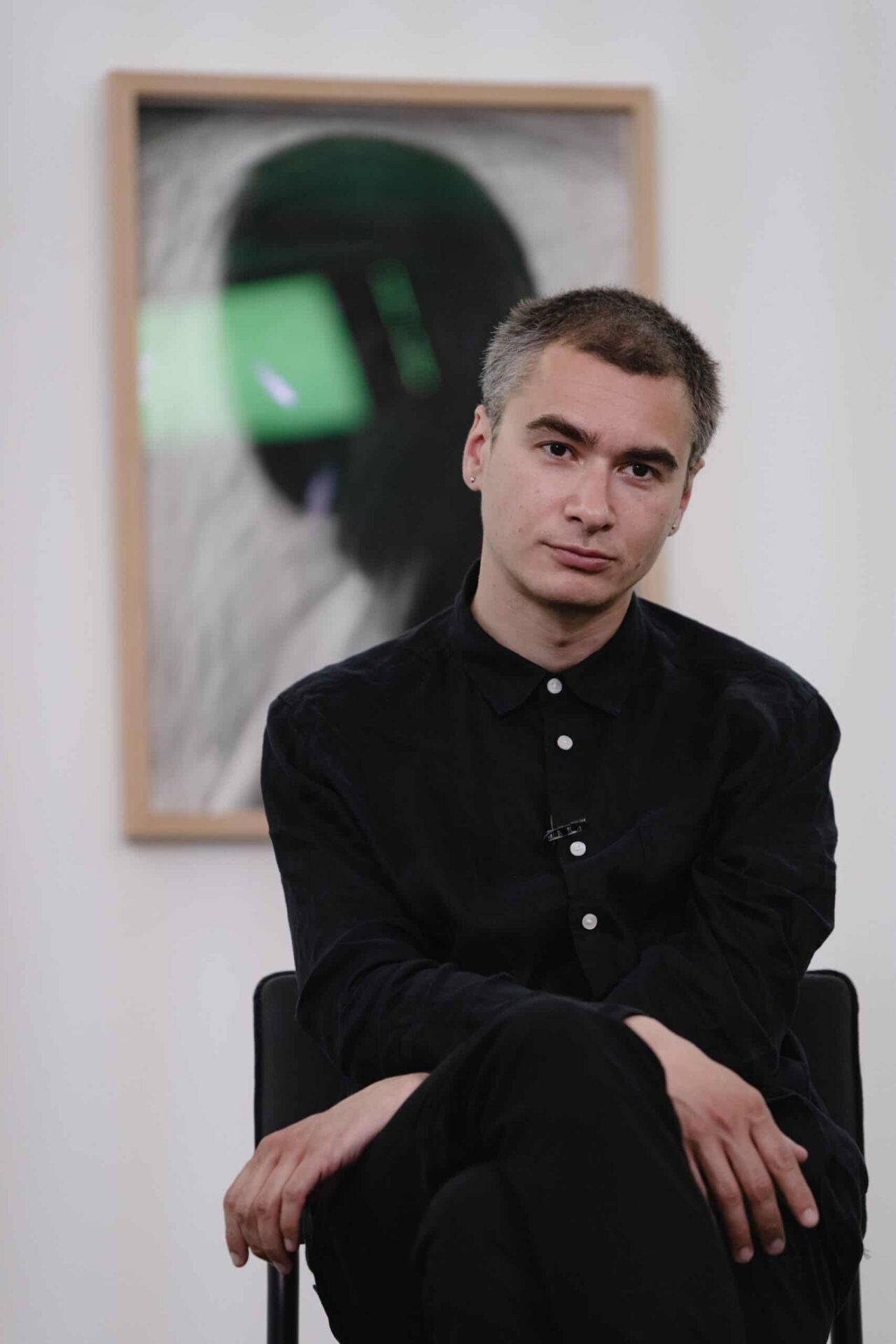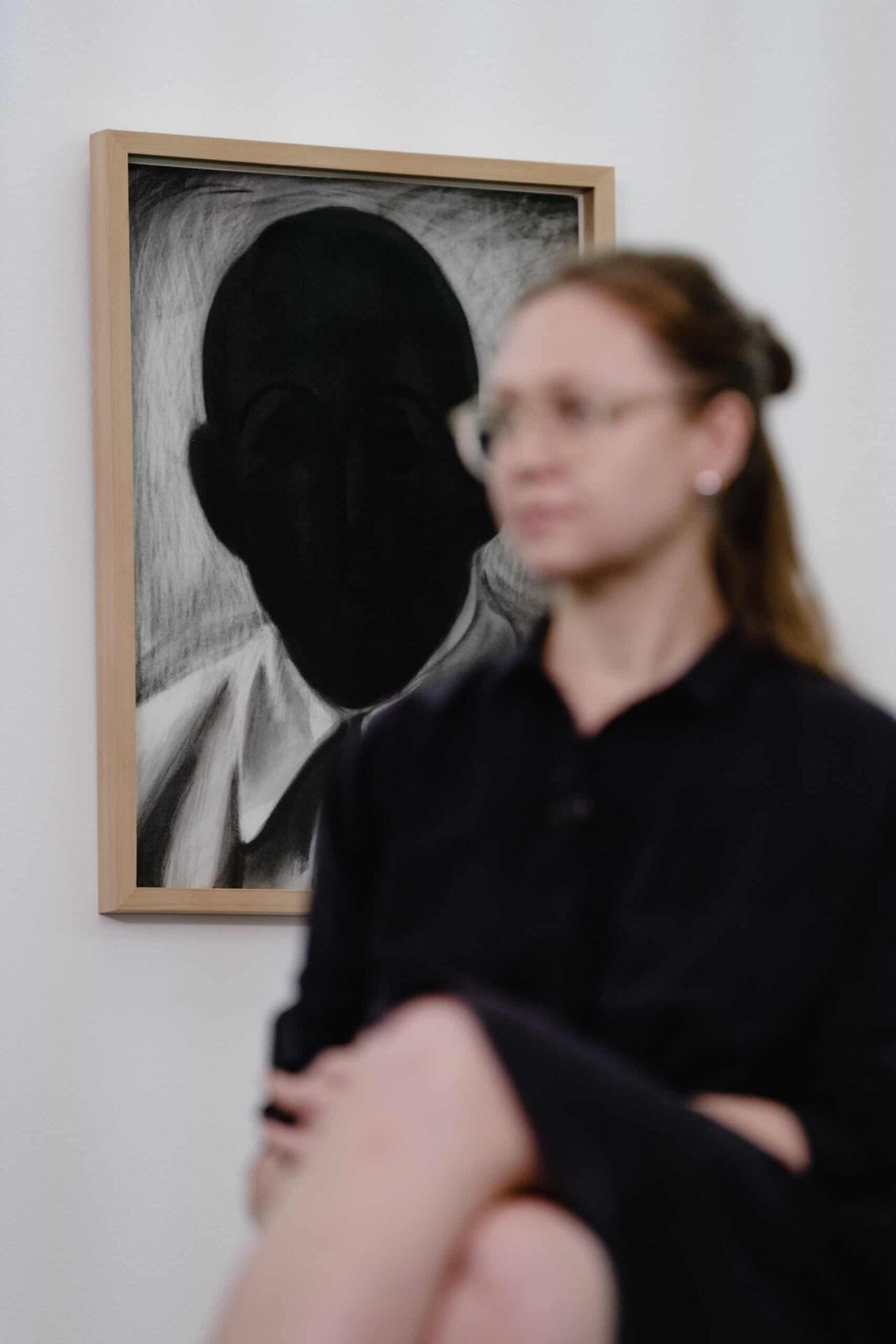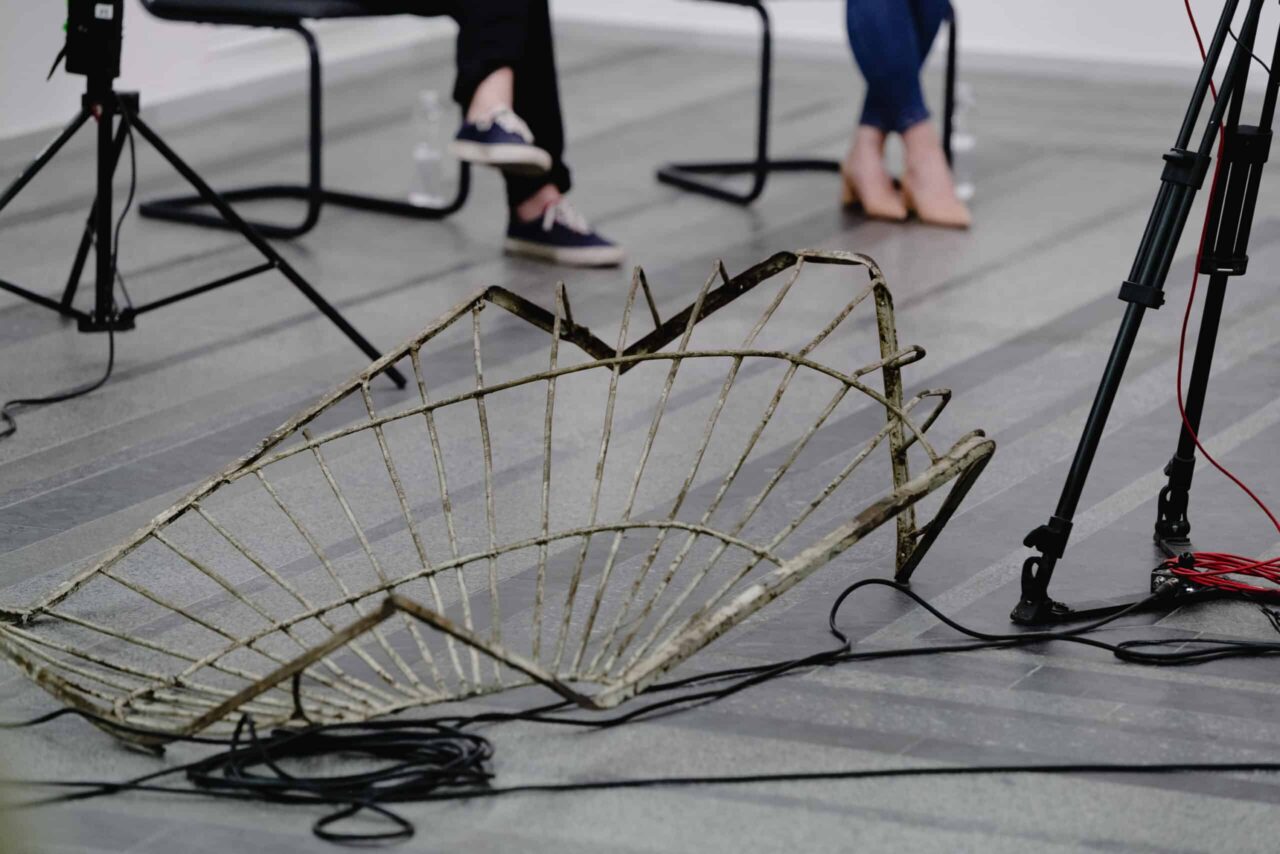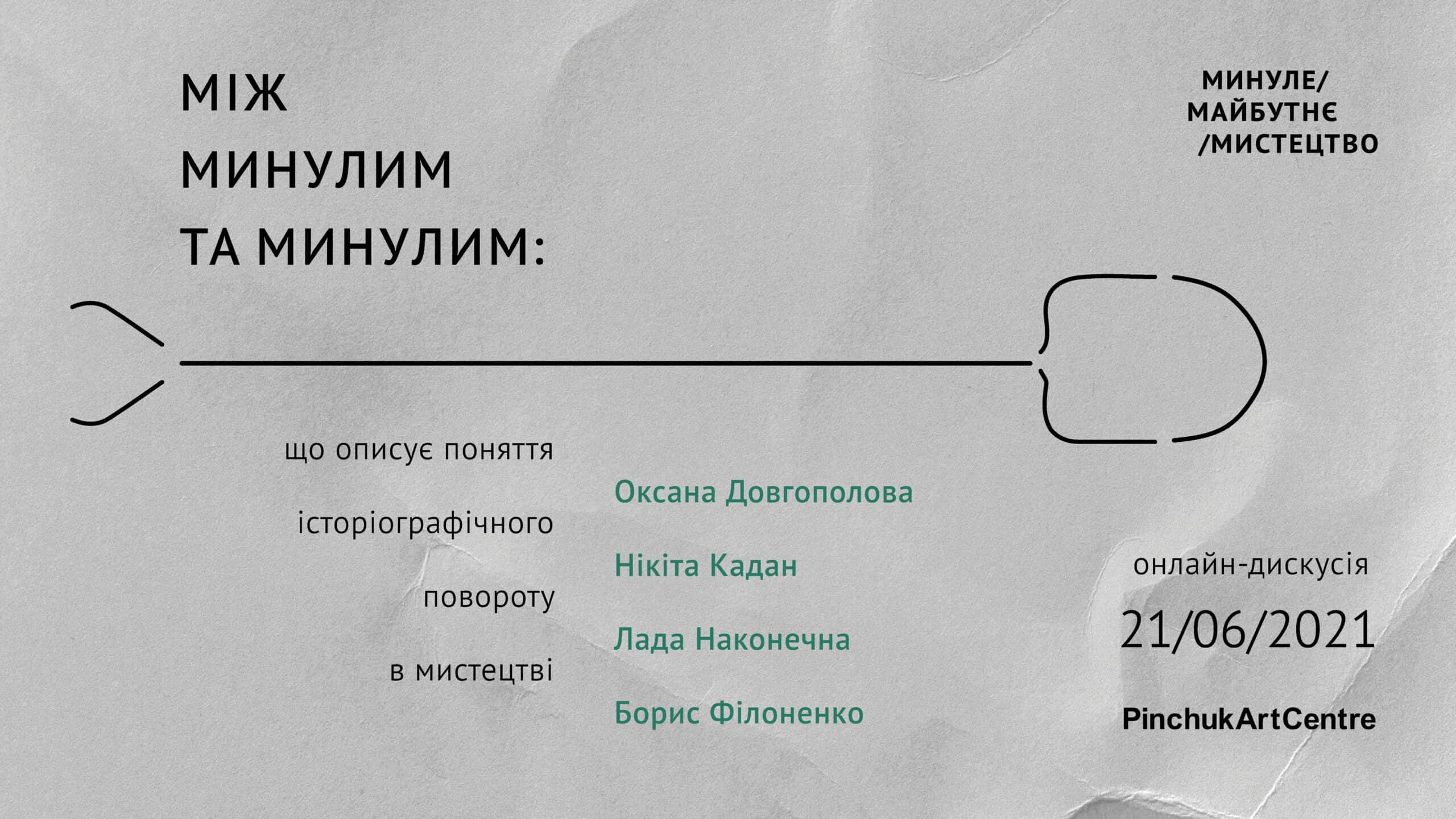
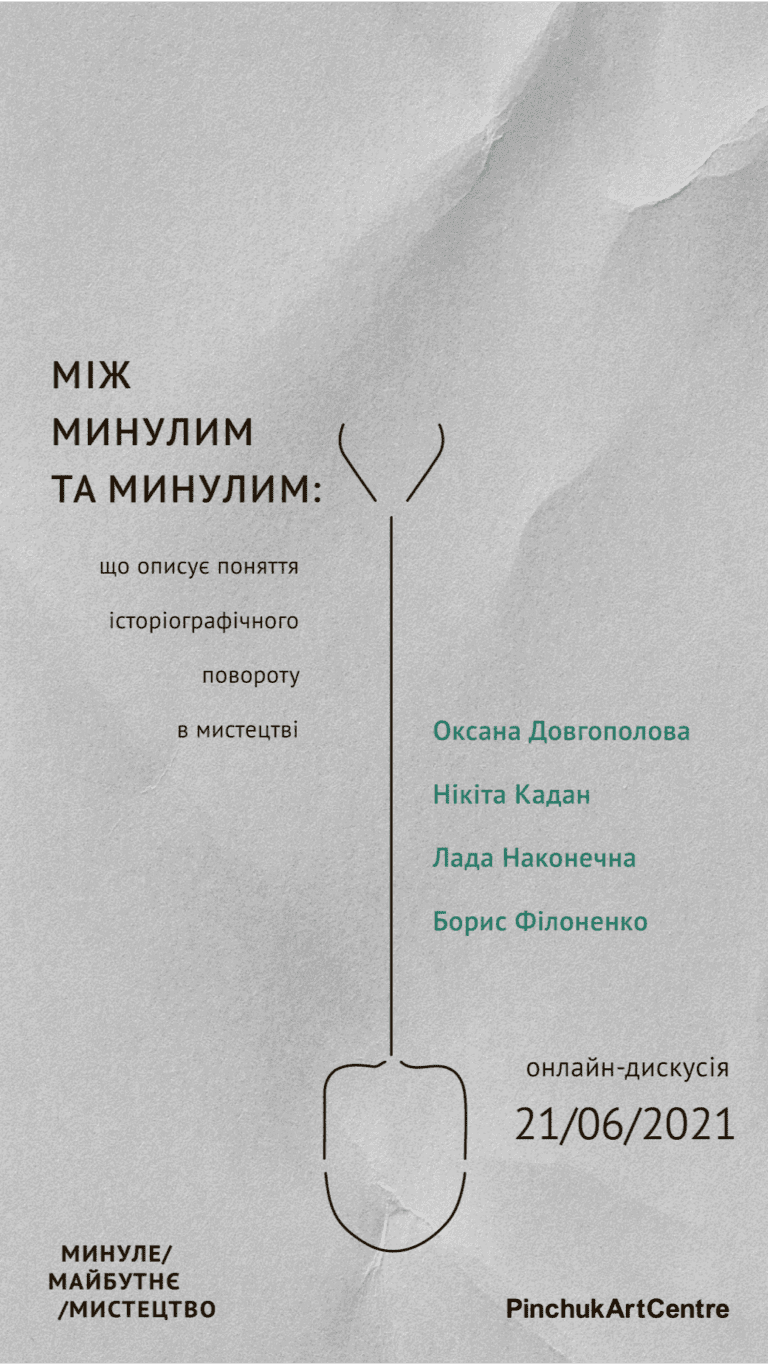
The notion of historiographic turn has become more common in Ukraine in recent years. While this is generally a tendency for contemporary artists to refer to the past, there is still no agreed understanding of what the term means, and its interpretation is controversial. In order to talk about the “historiographic turn” in Ukrainian and international contexts, Past / Future / Art and PinchukArtCentre organised a discussion situated at the intersection of history, philosophy and art.
Participants

OKSANA DOVGOPOLOVA
PhD in Philosophy, member of the Memory Studies Association, curator of the Past / Future / Art project
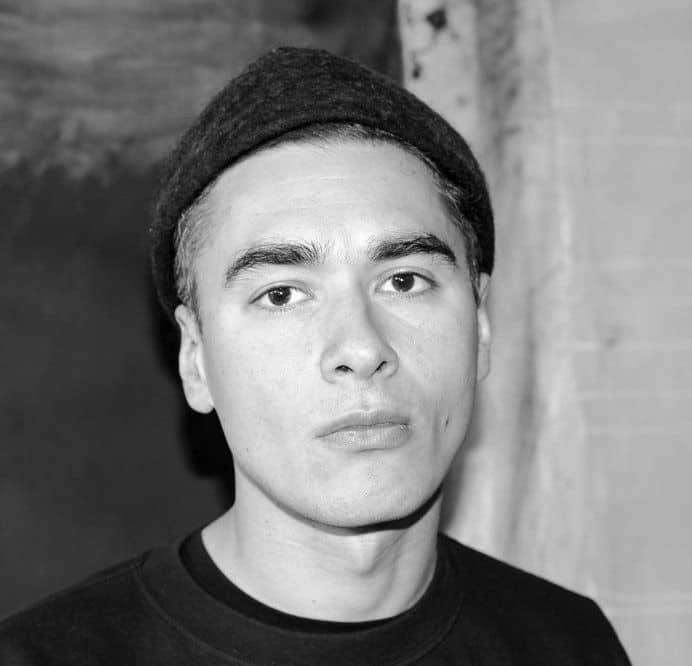
NIKITA KADAN
artist, member of R.E.P. (Revolutionary experimental space) artists group, co-founder and a member of HUDRADA (Artistic committee) curatorial and activist group
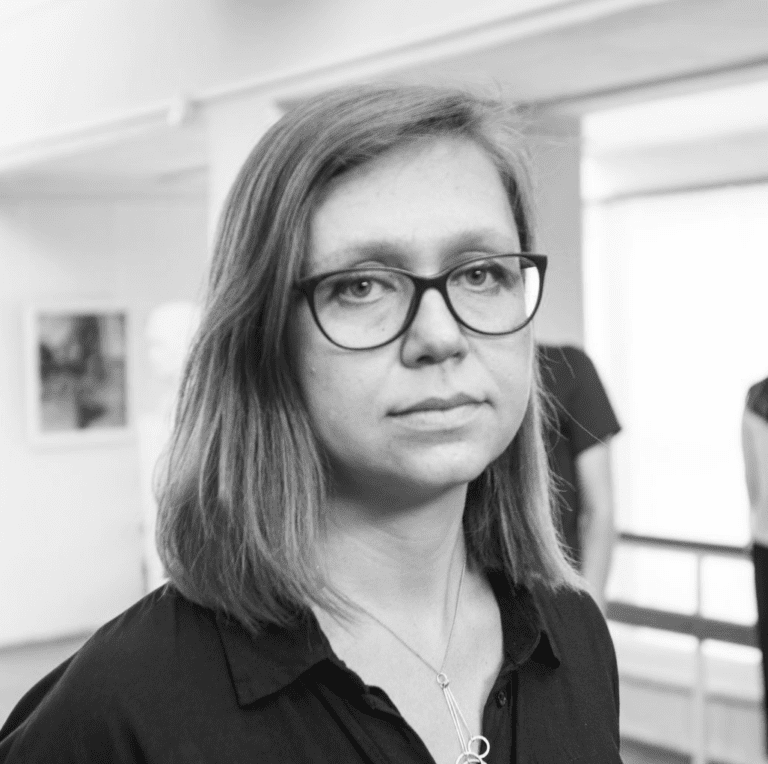
LADA NAKONECHNA
artist, member of R.E.P. (Revolutionary experimental space) artists group, co-founder and a member of HUDRADA (Artistic committee) curatorial and activist group and Method Fund
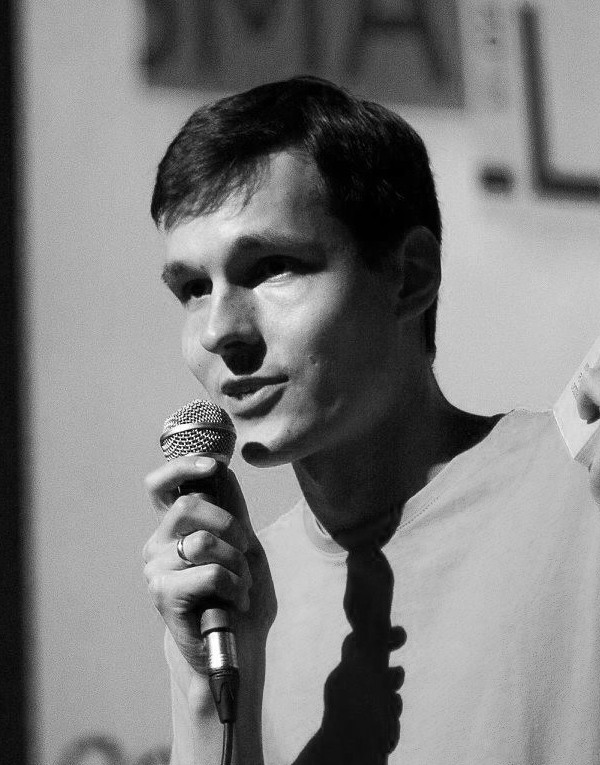
BORYS FILONENKO
art critic, editor of IST Publishing
Work with historical materials, actual archiving and archival research, creation of a relationship with a specific topic of the past is an important trend in the art of recent years, which is easy to observe but not easy to analyse and interpret. In studies that deal with these trends, several terms are used to describe different aspects of the process. These are, for example, an analysis of the “archival impulse” by Hal Foster and criticism of the “historiographic turn” by Dieter Roelstraete, who first used this phrase in an article “The Way of the Shovel”.
Various researchers have applied these notions in the Ukrainian theoretical space, launching both a series of non-critical borrowings as well as serious attempts to draw demarcation lines. In the glossary for working with the past — a basic dictionary that helps to navigate the key terms for researching memory, we have published an article by Borys Filonenko on the definition of a historiographic turn. However, the notion is still in the Brownian movement, so there is a need for a professional conversation to clarify its meaning.
Participants of the discussion gathered in the space of the exhibition “Stone Hits Stone” by Nikita Kadan in PinchukArtCentre. It is symbolic since the practice of the artist is shaped by questions addressed to the past. Consequently, the term “historiographic turn” is used both by the artist and his critics.
The online stream took place on June 21, 2021 on the Facebook pages of Past / Future / Art та PinchukArtCentre. You can watch it on Facebook or below.
Photo by Valentina Rostovikova

